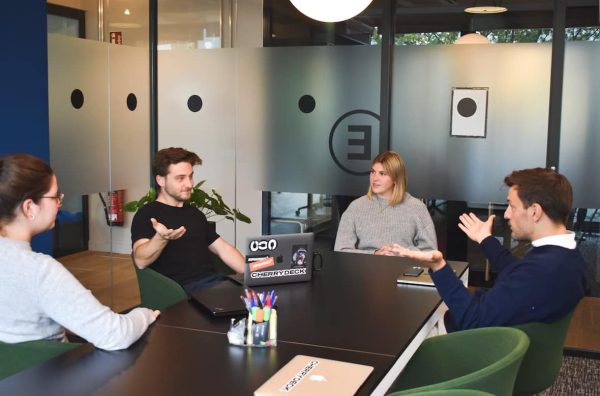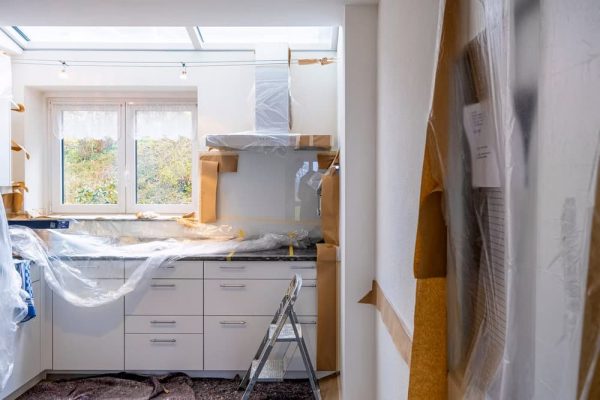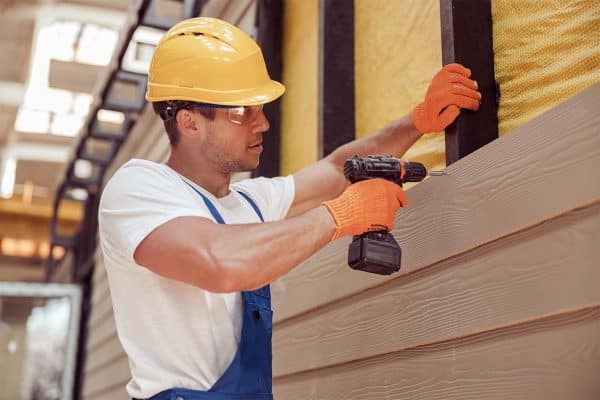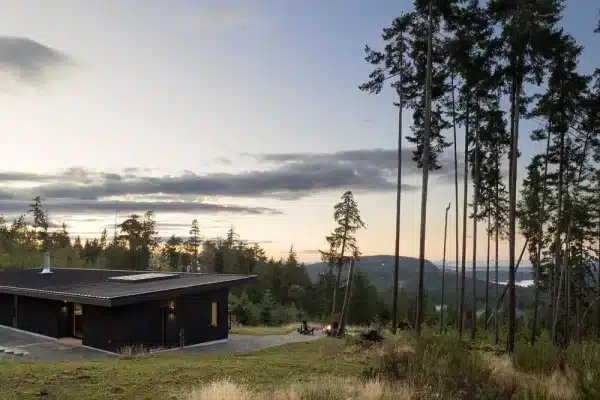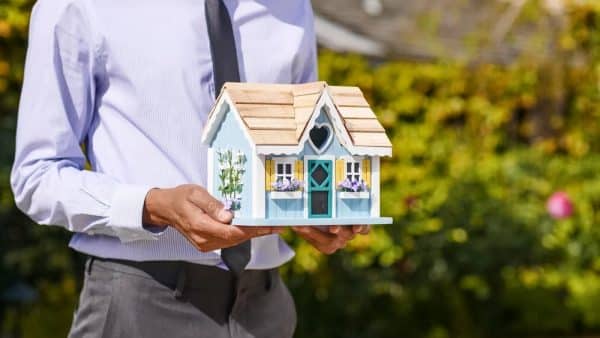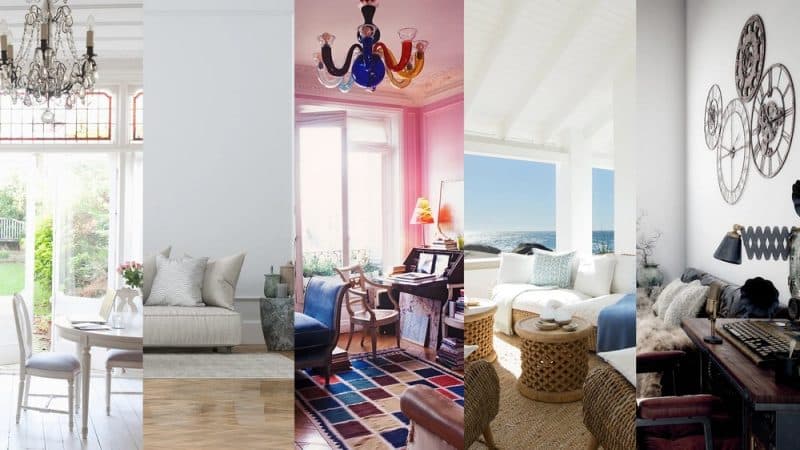
Interior design is an ever-evolving field that reflects changing tastes, lifestyles, and design philosophies. From timeless classics to cutting-edge innovations, the world of interior design is rich with inspiration and creativity. In this blog, we’ll explore some of the latest trends shaping the realm of Houston interior designer, from color palettes and materials to furniture styles and spatial layouts.
Sustainable Design:
As environmental consciousness continues to grow, sustainable design practices are becoming increasingly prevalent in interior design. Designers are incorporating eco-friendly materials, energy-efficient fixtures, and sustainable building techniques to create spaces that are both aesthetically pleasing and environmentally responsible. From reclaimed wood furniture to energy-efficient lighting solutions, sustainable design is at the forefront of modern interior design trends.
Biophilic Design:
Biophilic design seeks to connect people with nature by incorporating natural elements into interior spaces. This trend emphasizes the use of natural materials, such as wood, stone, and plants, to create a sense of harmony and well-being. Living green walls, indoor gardens, and large windows that frame outdoor views are all elements of biophilic design that bring the beauty of nature indoors, promoting relaxation, creativity, and improved mental health.
Minimalism:
In today’s fast-paced world, many people are embracing minimalist design principles to create serene and clutter-free interiors. Minimalism emphasizes simplicity, clean lines, and a pared-down aesthetic, allowing for a sense of calm and focus in the home. Neutral color palettes, streamlined furniture, and ample negative space are hallmarks of minimalist design, which prioritizes quality over quantity and encourages mindful consumption.
Maximalism:
On the opposite end of the spectrum, maximalism is experiencing a resurgence in interior design. Maximalism celebrates bold colors, patterns, and textures, embracing eclecticism and individuality. From vibrant wallpaper and ornate furnishings to eclectic art collections and layered textiles, maximalist interiors are visually stimulating and full of personality. This trend encourages self-expression and creativity, inviting homeowners to curate spaces that reflect their unique tastes and interests.
Hybrid Spaces:
With the rise of remote work and flexible lifestyles, the boundaries between home and workspaces are becoming increasingly blurred. As a result, designers are creating hybrid spaces that serve multiple functions and adapt to the evolving needs of occupants. From multifunctional furniture and flexible room dividers to convertible home offices and modular living areas, hybrid spaces offer versatility and efficiency in today’s dynamic living environments.
Statement Ceilings:
Ceilings are often overlooked as a design opportunity, but they can have a significant impact on the overall look and feel of a space. Statement ceilings, characterized by bold colors, patterns, textures, or architectural details, are gaining popularity as a way to add visual interest and drama to interiors. From coffered ceilings and exposed beams to wallpapered ceilings and decorative moldings, statement ceilings can elevate the design of any room and create a memorable focal point.
Smart Home Technology:
Advancements in technology are revolutionizing the way we live and interact with our homes. Smart home technology, which includes features such as automated lighting, temperature control, security systems, and voice-activated assistants, is increasingly integrated into interior design. Designers are incorporating these technologies seamlessly into the home, enhancing comfort, convenience, and energy efficiency while maintaining aesthetic appeal.
Tips for Choosing the Best Interior Designer
Choosing the right interior designer is crucial to ensuring the success of your design project. Here are some tips to help you select the best interior designer for your needs:
Define Your Style and Goals:
Before you start searching for an interior designer, take some time to define your personal style preferences and design goals. Consider the aesthetic you want to achieve, as well as any specific functionality or practical requirements for your space. Having a clear vision of what you want will help you find a designer whose style aligns with yours and who can help you achieve your design objectives.
Do Your Research:
Take the time to research and compile a list of potential interior designers. You can start by asking for recommendations from friends, family, or colleagues who have worked with interior designers in the past. Additionally, browse online portfolios, read reviews, and visit designer websites to get a sense of their style, expertise, and past projects. Narrow down your list to designers whose work resonates with you and who have positive reviews and testimonials.
Check Credentials and Experience:
Once you have a shortlist of potential designers, it’s essential to check their credentials and experience. Look for designers who are licensed, certified, or affiliated with professional organizations such as the American Society of Interior Designers (ASID) or the International Interior Design Association (IIDA). Additionally, inquire about their education, training, and previous experience working on projects similar to yours. A seasoned designer with a proven track record is more likely to deliver quality results.
Review Portfolios and Past Projects:
Reviewing a designer’s portfolio and past projects is a crucial step in the selection process. Pay attention to the diversity and quality of their work, as well as their ability to create cohesive and aesthetically pleasing designs. Look for projects that showcase a range of styles and design solutions, demonstrating the designer’s versatility and creativity. Ask for references and contact previous clients to inquire about their experience working with the designer and the outcome of their project.
Schedule Consultations:
Once you’ve narrowed down your list of potential designers, schedule consultations with each one to discuss your project in more detail. Use this opportunity to ask questions, share your vision, and gauge the designer’s communication style, professionalism, and compatibility. A good designer should listen to your needs, offer creative ideas and solutions, and establish clear expectations for the project timeline, budget, and deliverables.
Consider Budget and Fees:
Before hiring an interior designer, it’s essential to consider your budget and the designer’s fees. Discuss your budget openly and honestly with the designer to ensure that they can work within your financial constraints. Ask about their fee structure, including any upfront costs, hourly rates, or flat fees, and clarify what services are included in their pricing. Be wary of designers who pressure you to spend beyond your means or who have opaque fee structures.
Final Words
From sustainable practices and biophilic design to minimalist and maximalist aesthetics, the world of interior design is as diverse and dynamic as ever. Whether you prefer clean lines and simplicity or bold colors and eclectic patterns, there’s a design trend to suit every taste and lifestyle. By embracing these trends and incorporating them into your interior spaces, you can create environments that are beautiful, functional, and reflective of your unique personality and values.


